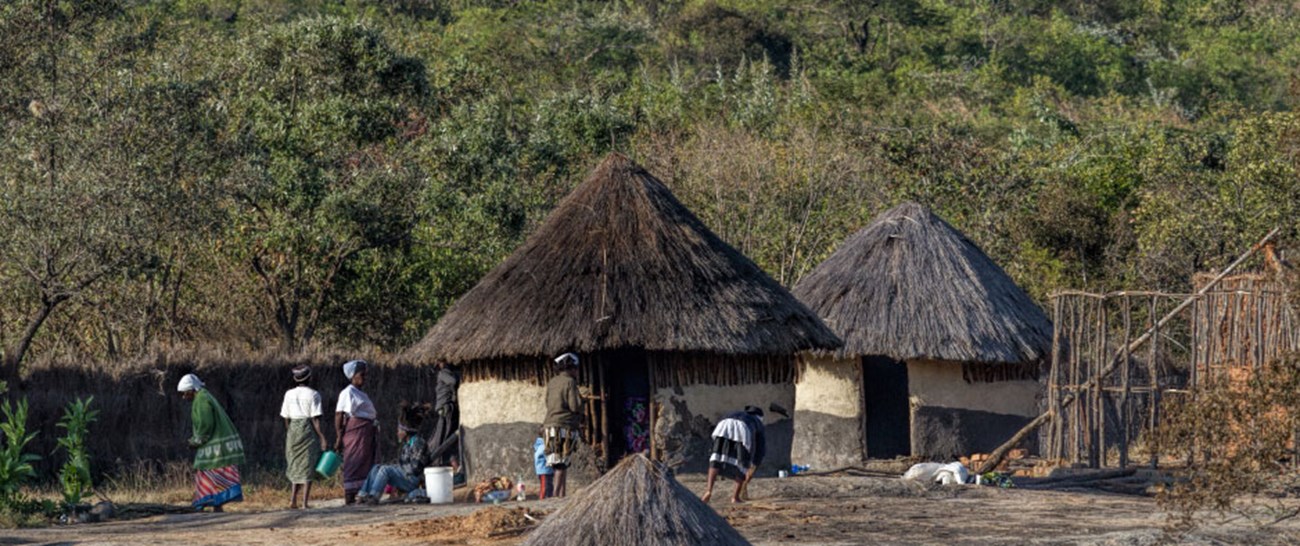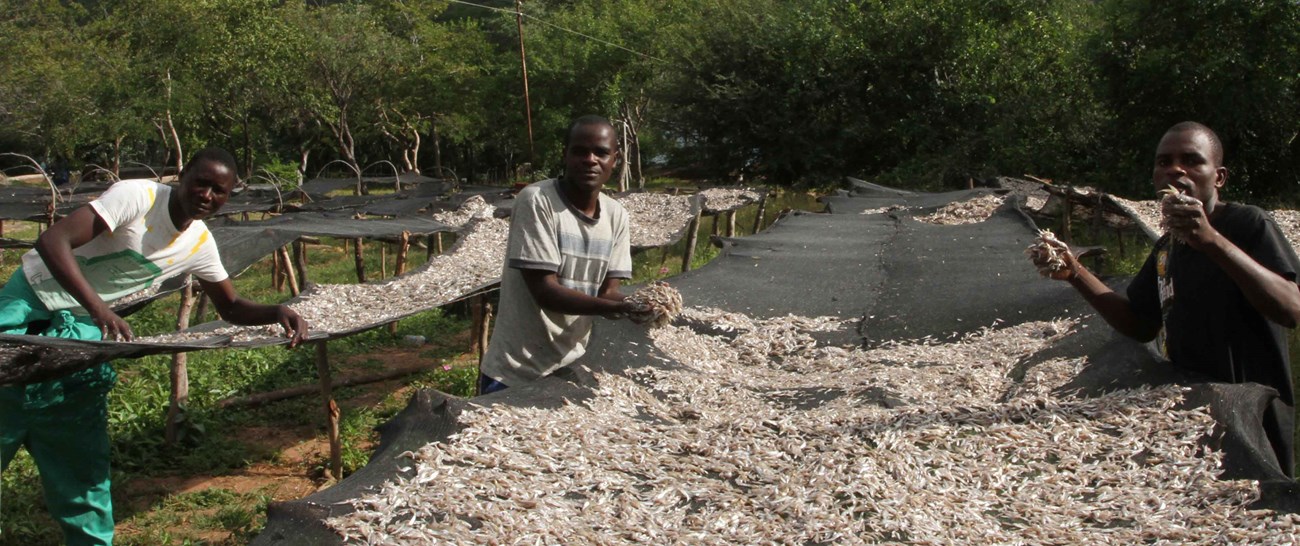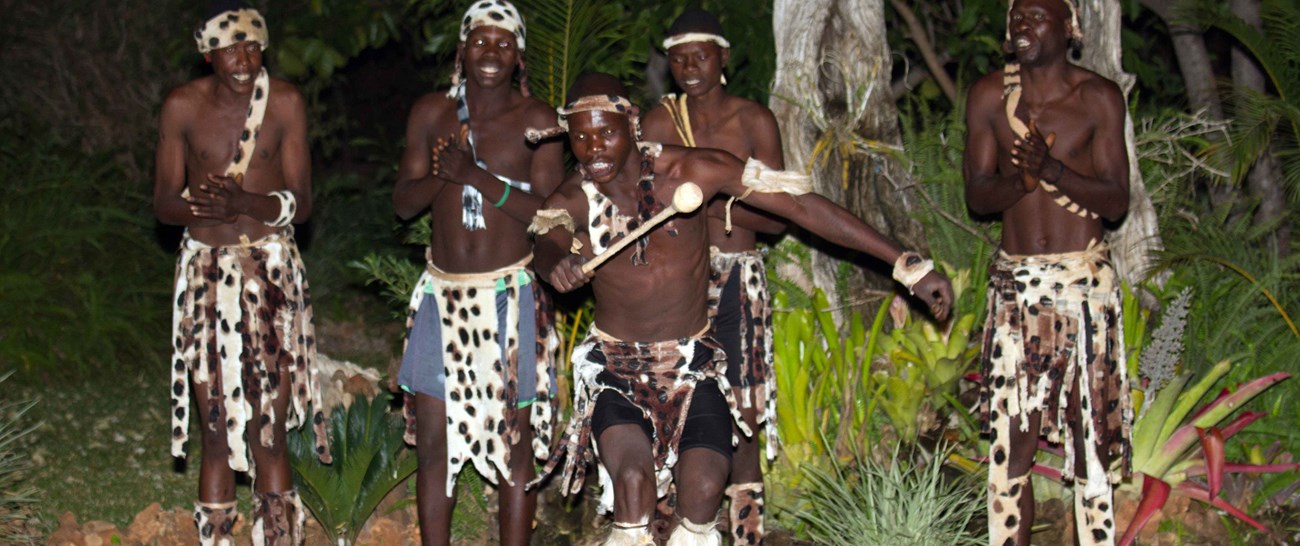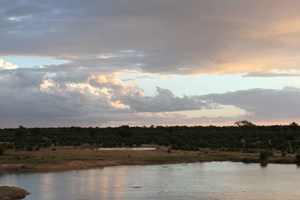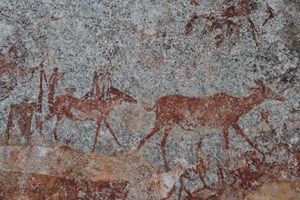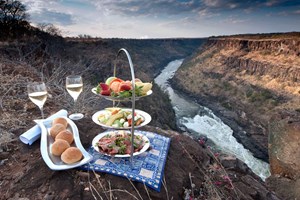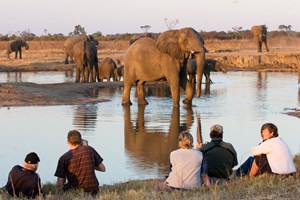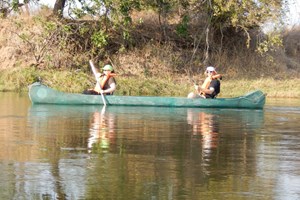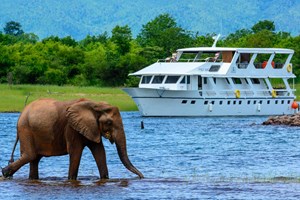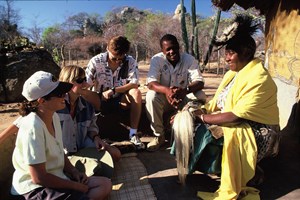 People & Culture
People & Culture
The essence of a country lies in the history of the place. A country is made up of its people and the culture they have preserved over the centuries. The Ancient City of Great Zimbabwe and Ancient City of Khami are two such places that have well-preserved archeological ruins that transport you back to the past of the Great Shona culture. The skill and expertise behind these majestic ruins will leave you speechless and their story will leave you intrigued.
Similarly exceptional are 3000 odd the rock-art paintings at Matobo Hills National Park. The paintings in the caves of the hills are some of the finest in the country. There are beautiful depictions of giraffe, eland, kudu and rhinoceros. Also buried here at the summit of Malindizimu is the English imperialist Cecil John Rhodes.
Another unique site to view rock paintings and interact with locals is at the Tsodilo Hills located in the Kalahari desert in Botswana. The paintings are supposed to be the work of the San (Bushman) and some of the Khoe (pastoral) who inhabited the area. The San and Hambukushu still live in the area making it possible to visit their villages and learn about the history of the place from them. You can also visit traditional villages near the Victoria Falls where you can learn about the customs and beliefs of the villagers, take a tour of their homes, taste some of their food and see artisans and craftsmen hard at work.
Another most important heritage of Zimbabwe is Shona sculpture, which has in recent years gained international popularity. Spend a night at the Tengenenge Art village which houses around hundred sculptor families! The village is an open-air gallery and it is possible to buy authentic sculptures from the artists themselves.
For the visitors interested in the history of the country the National Gallery in Harare and the Bulawayo museums have a lot of exhibits dating back to thousands of years depicting the traditional life of the Shona and Ndebele, the colonist period and also ecological diversity of Zimbabwe.

